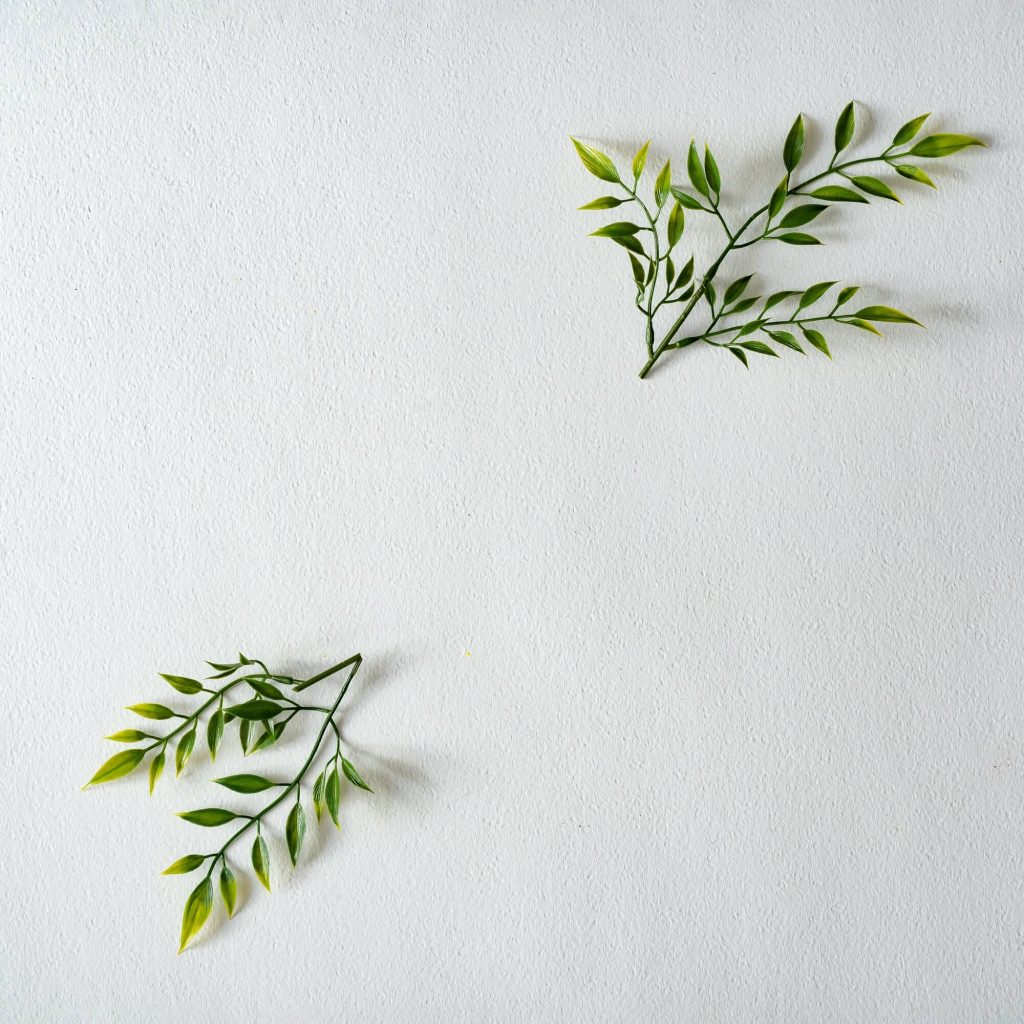Are you tired of struggling with uneven wood pieces when trying to create your woodworking project? Do you find it difficult to create a smooth and seamless finish on your woodworking creations? Look no further! We have the perfect woodworking hack to join uneven wood pieces perfectly and create a beautiful and professional-looking finish.
Understanding the Challenge of Joining Uneven Wood Pieces
Joining uneven wood pieces is a common challenge that woodworkers face. Uneven wood pieces can be caused by variations in the wood grain, knots, or defects in the wood. When you try to join two uneven wood pieces, you may experience gaps, uneven surfaces, or even splits in the wood.
These issues can make it difficult to create a smooth and seamless finish on your woodworking project. However, with the right tools and techniques, you can join uneven wood pieces perfectly and create a beautiful and professional-looking finish.
The Woodworking Hack to Join Uneven Wood Pieces Perfectly
The secret to joining uneven wood pieces perfectly is to use a technique called “kerfing.” Kerfing involves cutting a series of small, shallow cuts into the wood along the edge that you want to join. These cuts create small, flexible strips of wood that can be bent and manipulated to fit the contours of the other piece of wood.
To kerf your wood, start by measuring the length of the edge that you want to join. Then, using a circular saw or a table saw, make a series of cuts along the length of the edge. The cuts should be about 1/8 inch deep and spaced about 1/4 inch apart.
Once you have made your cuts, use a chisel to remove the small strips of wood that you have created. Be careful not to remove too much wood, as this can weaken the joint.
Next, apply glue to both edges that you want to join. Then, use clamps to hold the pieces of wood together while the glue dries. The flexible strips of wood that you have created through kerfing will bend and conform to the contours of the other piece of wood, creating a seamless and professional-looking joint.
Tips for Perfecting Your Kerfing Technique
Kerfing can take some practice to perfect. Here are some tips to help you get the best results:
- Use a saw with a thin blade to make your cuts. This will create thinner and more flexible strips of wood.
- Avoid cutting too deeply into the wood. The strips of wood that you create should be thin and flexible, not thick and rigid.
- Take your time when removing the strips of wood with a chisel. Be careful not to remove too much wood, as this can weaken the joint.
- Apply glue generously to both edges that you want to join. This will help to create a strong and secure joint.
- Use clamps to hold the pieces of wood together while the glue dries. This will ensure that the joint is tight and secure.
Conclusion
Joining uneven wood pieces can be a frustrating challenge for woodworkers. However, with the right tools and techniques, you can create a smooth and seamless finish on your woodworking project. Kerfing is a simple and effective technique that can help you join uneven wood pieces perfectly and create a beautiful and professional-looking finish.
By following the tips outlined in this article, you can perfect your kerfing technique and create strong and secure joints on all of your woodworking projects. So, go ahead and give it a try – you’ll be amazed at the results!

